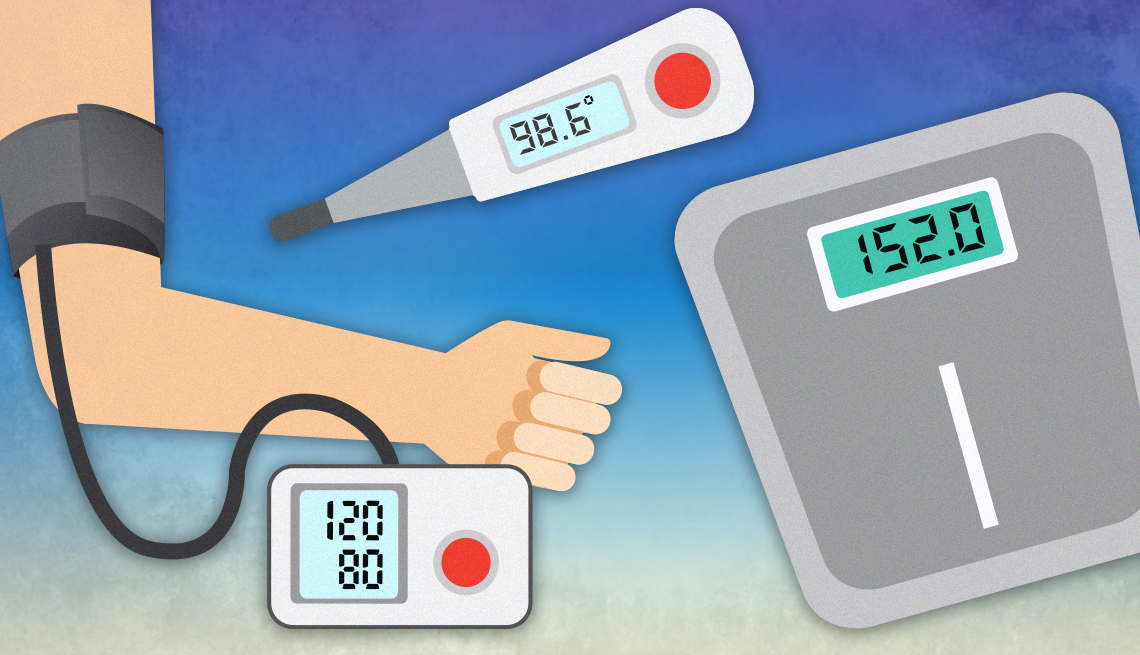
Examples of two typical telehealth visits
- Select a language for the TTS:
- UK English Female
- UK English Male
- US English Female
- US English Male
- Australian Female
- Australian Male
- Language selected: (auto detect) - EN
Play all audios:

At the end of the visit, your doctor will give you a plan of care. He or she may order certain tests, such as a chest X-ray or an ultrasound, which need to be done in the office. A VIRTUAL
SICK VISIT Telemedicine is widely used to diagnose and treat a variety of common illnesses, such as upper respiratory infection, urinary tract infection and pink eye. “A visit serves as a
way to determine whether a patient can be treated remotely, saving him or her a trip to my office,” says Steve Ommen, M.D., a cardiologist and associate dean of the Mayo Clinic Center for
Connected Care. “In some cases, I might need to order an X-ray.” To prepare for your visit, consider your symptoms. If you have stomach pain, wear slacks with an elastic waist so you can
show your doctor your abdomen. If you have ankle pain, take off your shoes. Have a thermometer and blood pressure cuff on hand because your doctor might ask you to take your temperature and
blood pressure. You might also need a flashlight to allow your doctor to check your mouth and throat. If you're short of breath or have a lung or heart condition, bring a pulse
oximeter, which measures oxygen saturation in your red blood cells. To help doctors care for high-risk chronically ill patients via telemedicine, some large health systems are sending
patients a handheld device equipped with a stethoscope, otoscope, tongue depressor and temperature gauge. Produced by a company called TytoCare, the device connects by Wi-Fi to a phone or
tablet and transmits medical exam results such _as_ heart and lung sounds to a doctor. A high-density camera captures images and video of a patient's ears, throat and skin. Courtesy:
TytoCare During the visit, your doctor will take a full medical history and will likely ask: What are your symptoms and when did they begin? He or she may ask you to feel along your jawline
to see if your lymph nodes are swollen. You might need to press on your cheekbones, below your eyes and on your forehead to check for sinus pain. You may also be asked to take deep breaths
and breathe into the microphone of your mobile device or computer. Your doctor may ask you to shine a flashlight in your mouth to check for signs of an infection. When it comes to a sick
visit, “there are a lot of visual and auditory cues a doctor can use to evaluate a patient,” says Susan Bailey, M.D., an allergist and immunologist and president of the American Medical
Association. “I'm able to listen to a patient's cough, rapid breathing, wheezing and hoarseness.” At the end of the visit, your doctor will prescribe treatment or ask you to
schedule an office visit. If your doctor is concerned, he or she might tell you to go to the hospital.
